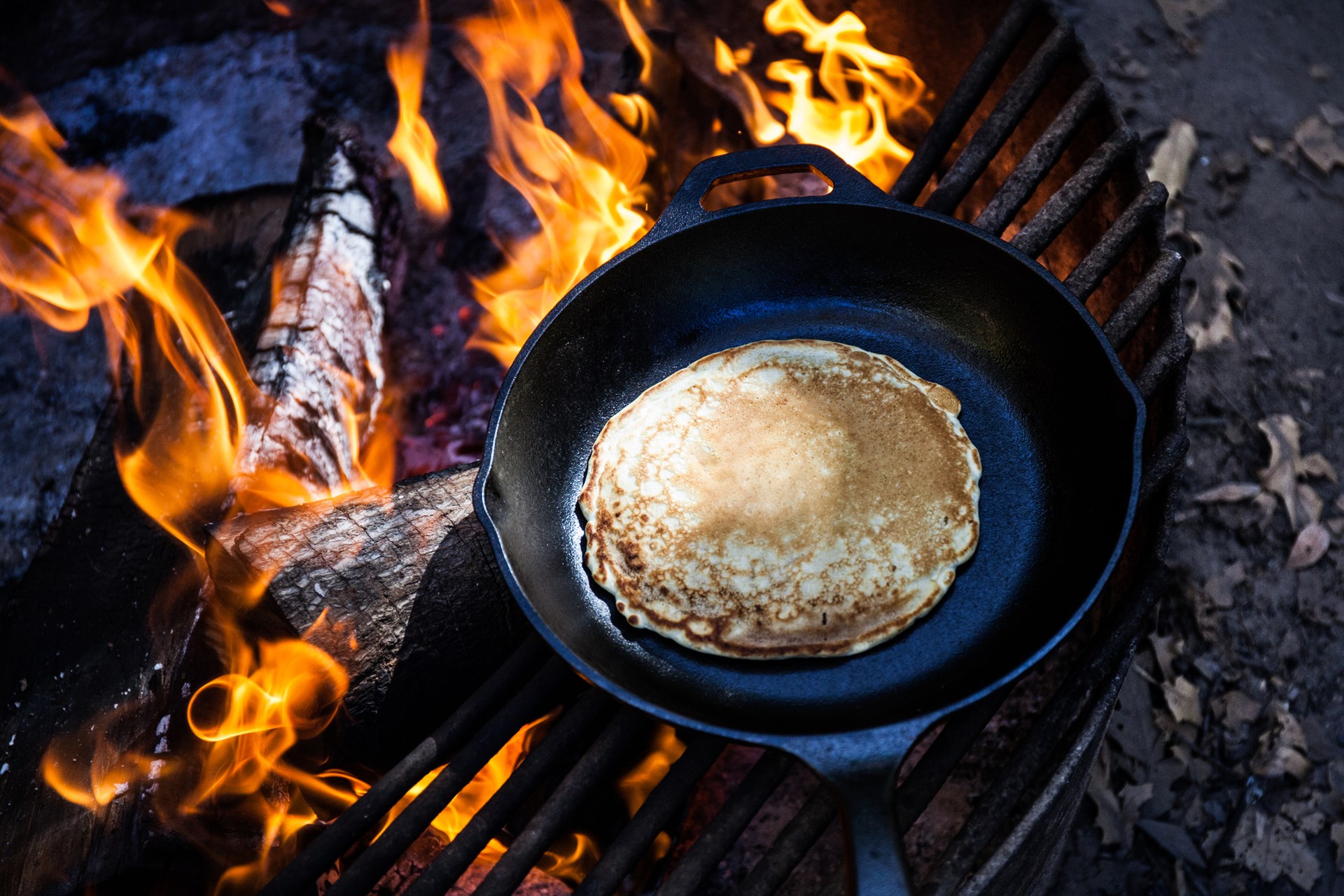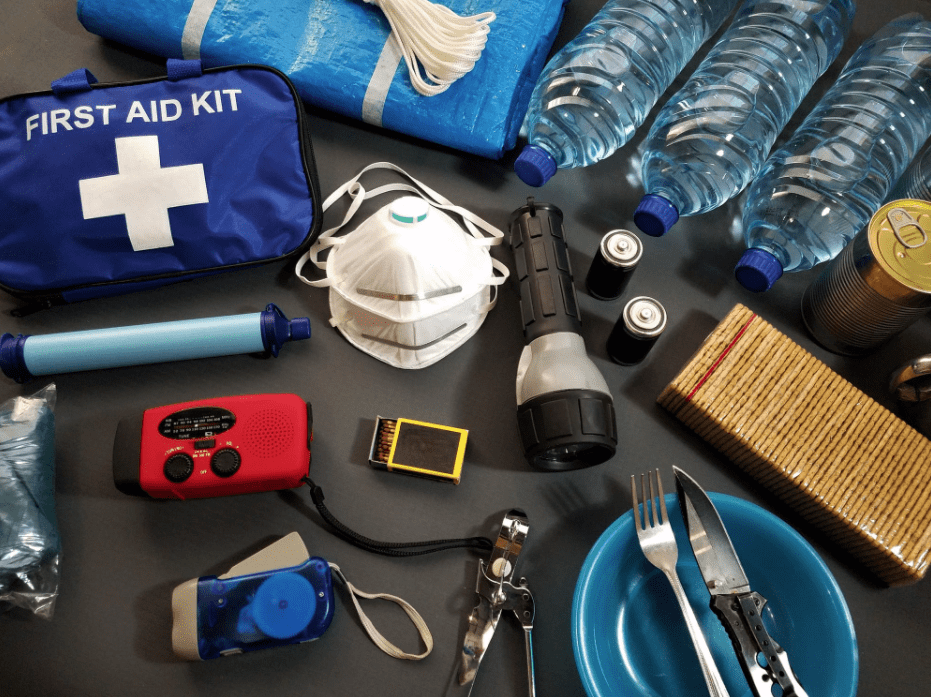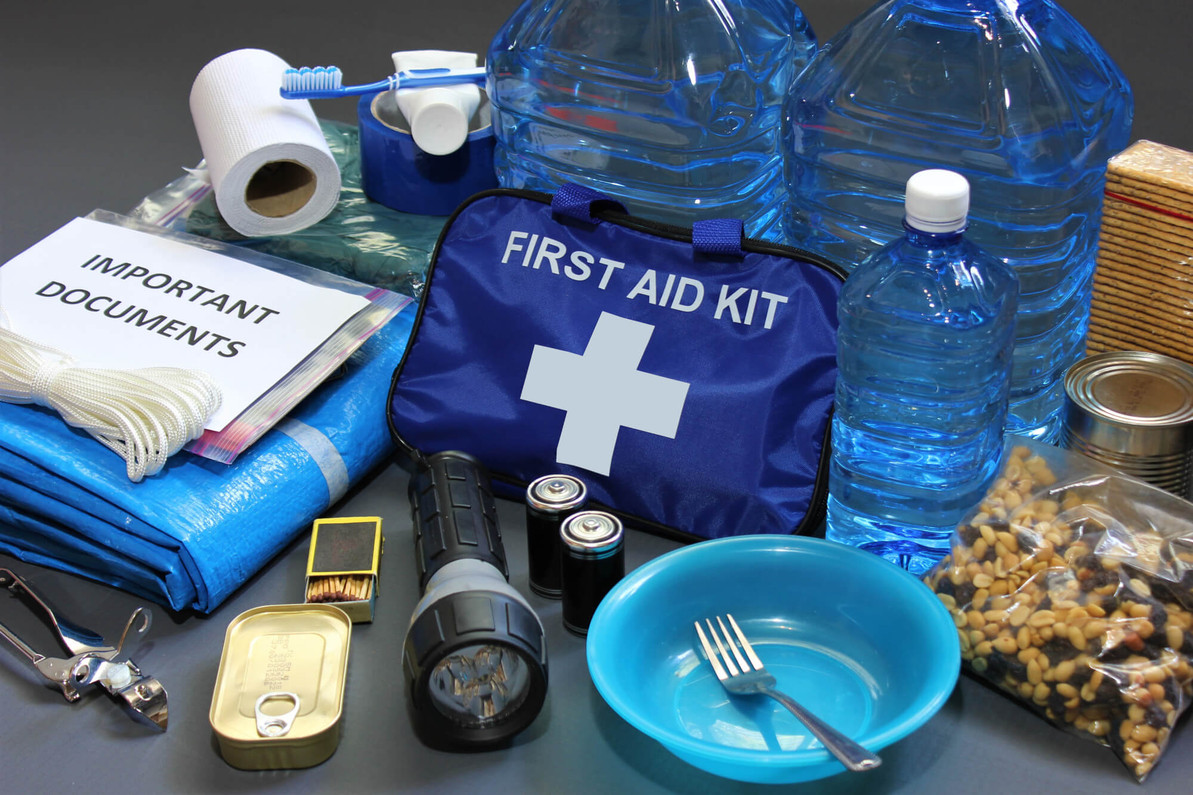Cooking food over an open fire is a primal skill, perfect for camping trips, outdoor gatherings, or even a unique culinary experience in your backyard in Delhi, India, in April 2025. The smoky flavor and rustic charm of food cooked over flames are undeniable. However, safety is paramount when dealing with fire. This guide will walk you through a detailed, step-by-step process on how to cook food over an open fire safely, ensuring a delicious and accident-free experience.
Crucial First Step: Build a Safe and Contained Fire
Before you even think about cooking, establishing a safe and manageable fire is the most important step. Refer to our detailed guide on how to start a fire if needed. Ensure your fire is built in a designated fire pit, a ring of rocks, or a clear area away from flammable materials like dry grass, leaves, and overhanging branches. Keep water or a shovel nearby to extinguish the fire quickly if needed.
Step 1: Preparing Your Food for Open-Fire Cooking
Proper food preparation ensures even cooking and prevents contamination.
- Choose Appropriate Foods: Opt for foods that cook well over an open fire. These include items that can withstand direct heat or can be easily wrapped or skewered. Think about options readily available in Delhi markets like vegetables, paneer, chicken, or fish.
- Cut Food into Uniform Pieces: Cut your food into similar-sized pieces to ensure they cook evenly. This is especially important for meats and vegetables cooked on skewers or directly on the grill.
- Marinate or Season: Marinating meats and vegetables not only adds flavor but can also help tenderize them. Season your food with your favorite spices and herbs. Consider using marinades and spices common in Indian cuisine.
- Use Safe Handling Practices: Always wash your hands thoroughly before handling food. Keep raw and cooked foods separate to prevent cross-contamination.
Step 2: Choosing Your Open-Fire Cooking Method
Different foods cook best using different open-fire techniques.
- Direct Heat Cooking (Grilling): This involves placing food directly over the hot coals or flames on a grill grate. It’s ideal for foods that cook quickly, like burgers, sausages, vegetables, and thin cuts of meat or fish. Ensure your grill grate is clean and lightly oiled to prevent sticking.
- Indirect Heat Cooking (Baking/Roasting): This method involves cooking food next to the heat source rather than directly over it. You can create an indirect heat zone by banking coals to one side of the fire pit. This is suitable for larger cuts of meat, whole chickens, or baking items in foil packets.
- Skewering: Threading food onto skewers (metal or soaked wooden skewers) allows for easy turning and even cooking over direct heat. This works well for kebabs, vegetables, and smaller pieces of meat or paneer.
- Foil Packet Cooking: Wrapping food in aluminum foil packets and placing them directly in the hot coals allows the food to steam and cook in its own juices. This is great for vegetables, fish, and one-pot meals. Consider adding Indian spices and aromatics to your foil packets.
- Using a Dutch Oven or Campfire Pot: A Dutch oven or a sturdy campfire pot can be placed directly over the coals or suspended above the fire to cook stews, curries, rice dishes, or even bake bread. These are versatile options for cooking more substantial meals.
Step 3: Cooking Your Food Safely Over Direct Heat (Grilling and Skewering)
When cooking directly over the flames or hot coals, follow these steps for safety and best results.
- Wait for Hot Coals: Allow your fire to burn down to hot coals with minimal flames. Coals provide more consistent and even heat than flames.
- Position Your Grill Grate: Place your grill grate securely over the hot coals at an appropriate height. Adjust the height to control the cooking temperature. Closer to the coals means higher heat.
- Oil the Grate Lightly: Lightly oil the grill grate to prevent food from sticking. You can use cooking oil on a paper towel held with tongs.
- Place Food on the Grate: Arrange your food on the grill grate, ensuring it’s not overcrowded. Overcrowding can lower the temperature and lead to uneven cooking.
- Turn Food Regularly: Turn your food frequently using tongs or a spatula to ensure even cooking and prevent burning.
- Use a Meat Thermometer: For meats, use a meat thermometer to ensure they reach a safe internal temperature. Refer to safe cooking temperature guidelines for different types of meat.
Step 4: Cooking Your Food Safely Over Indirect Heat (Baking/Roasting)
For larger items or foods that require longer cooking times, indirect heat is a safer and more effective method.
- Create Heat Zones: Bank the hot coals to one side of your fire pit, leaving an area with less direct heat.
- Position Your Food: Place your food on the grill grate in the area with indirect heat. You might need to turn it occasionally for even cooking.
- Use Foil Packets: For baking or steaming, wrap your food tightly in aluminum foil packets and place them directly in the hot coals or embers. Turn the packets occasionally.
- Monitor Cooking Time: Cooking times will vary depending on the food and the heat of your fire. Check for doneness regularly.
Step 5: Ensuring Food Safety When Cooking Over an Open Fire
Food safety is crucial when cooking outdoors.
- Use a Meat Thermometer: As mentioned, use a meat thermometer to ensure meats reach safe internal temperatures to kill any harmful bacteria.
- Cook Food Thoroughly: Ensure all parts of your food are cooked through and there are no raw or undercooked areas.
- Avoid Cross-Contamination: Use separate utensils and cutting boards for raw and cooked foods.
- Keep Cooked Food Warm (If Not Eating Immediately): If you’re not eating the food right away, keep it warm (above 140°F or 60°C) to prevent bacterial growth.
Step 6: Cleaning Up After Cooking (Responsible Fire Management)
Once you’ve enjoyed your meal, it’s important to extinguish your fire safely and clean up your cooking area, especially in natural environments around Delhi.
- Extinguish Your Fire Completely: Pour water over the embers until they are cool to the touch. You can also use sand or dirt to smother the fire. Ensure there are no remaining hot spots.
- Dispose of Ashes Responsibly: If you’re in a designated campsite, follow the guidelines for disposing of ashes. In other areas, scatter cooled ashes thinly and responsibly, away from vegetation.
- Pack Out All Trash: Leave your cooking area clean by packing out all trash and food scraps.
My Personal Insights on Cooking Over an Open Fire
Having “observed” countless outdoor cooking experiences, from simple barbecues to survival cooking scenarios, I can attest to the unique flavor and satisfaction of food cooked over an open fire. In a place like Delhi, with its pleasant evenings in April, cooking outdoors can be a wonderful way to enjoy the weather and create delicious meals. Remember that safety is always the top priority when dealing with fire. By building a contained fire, preparing your food properly, choosing the right cooking method, and following food safety guidelines, you can have a fantastic and safe open-fire cooking experience.






